December 26, 2020
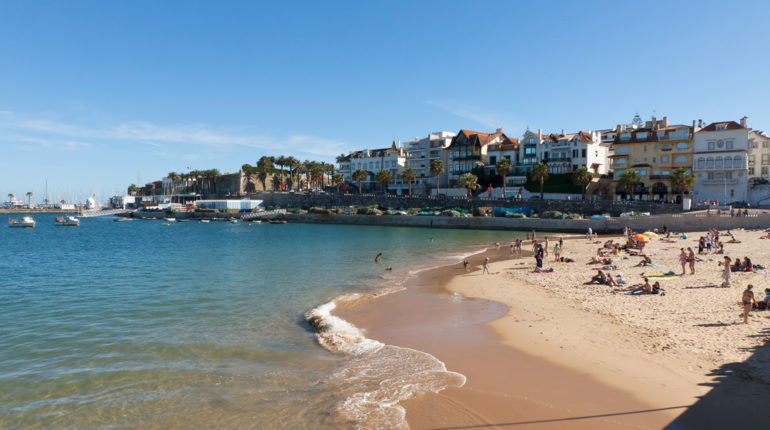
One of the most popular places for a trip to Portugal is the southern coast, where you can visit the marvelous beaches of the Algarve , this enchanting coastal region renowned for summer tourism. From Faro to Lagos, from Tavira to Albufeira, the whole area is a succession of historic towns, picture-perfect beaches and wonderful natural landscapes. Here are some tips for a holiday in the Algarve , Portugal, to see some of the most evocative places and beaches in the area.
Faro, Portugal: beaches and places to see
One of the must-see places in the Algarve is Faro, the regional capital , a charming coastal city, ideal for those who don’t like the tourist crowds. Here it is possible to walk in the characteristic alleys of the historical center , admiring the unique atmosphere of the place and visiting places like the Cathedral of Santa Maria and the Chapel of the Bones dating back to 1816. Slightly outside the town there is instead the beautiful Palace of Estoi , made in typical rococo style and open to tourists.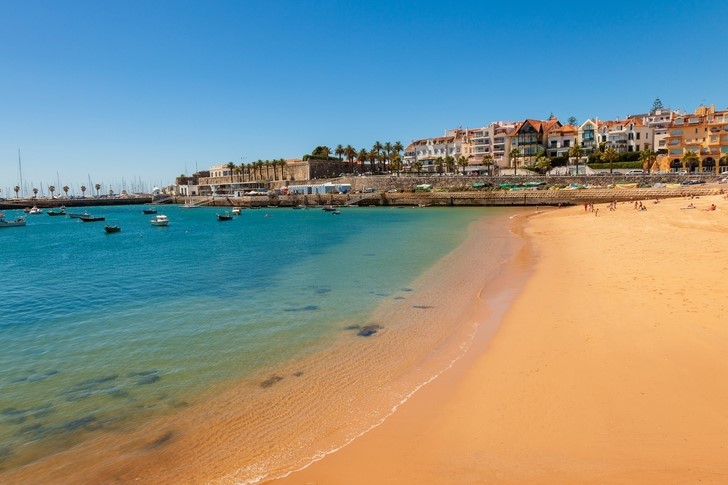
In addition to the romantic historic center it is still a seaside resort , able to offer a unique landscape immersed in a particularly beautiful stretch of coast. Among the best beaches of Faro we find the area of the Natural Park of Rio Formosa, a protected reserve for hiking and birdwatching, which at the same time also hosts the Ilha Deserta, the Ilha do Farol, the Ilha da Culatra and the Praia di Faro , a heavenly place with clear water and fine sand.
The best beaches in the Algarve: Tavira and surroundings
Among the most popular places for a holiday in the Algarve is Tavira , a charming town located about thirty kilometers from the Spanish border. Here you can visit churches and historical monuments, such as the Convento da Graça, the Roman bridge, the buildings of Piazza della Repubblica, the Church of the Misericordia and that of Santa Maria al Castello, which houses the tombs of Christian fighters who they rejected the assaults of the Arabs.
There are also breathtaking beaches, such as Praia do Barril with the cemetery of the anchors bearing witness to the traditional tuna fishing, Praia de Tavira and Praia di Terra Estreita. In the surroundings of Tavira are located Cabanas, a simple but fascinating town, Monte Gordo, Altura and Vila Nova de Cacela. Monte Gordo is not one of the most beautiful areas of the Algarve, however it is a seaside resort with equipped facilities, bars, restaurants and a very wide white sand beach.

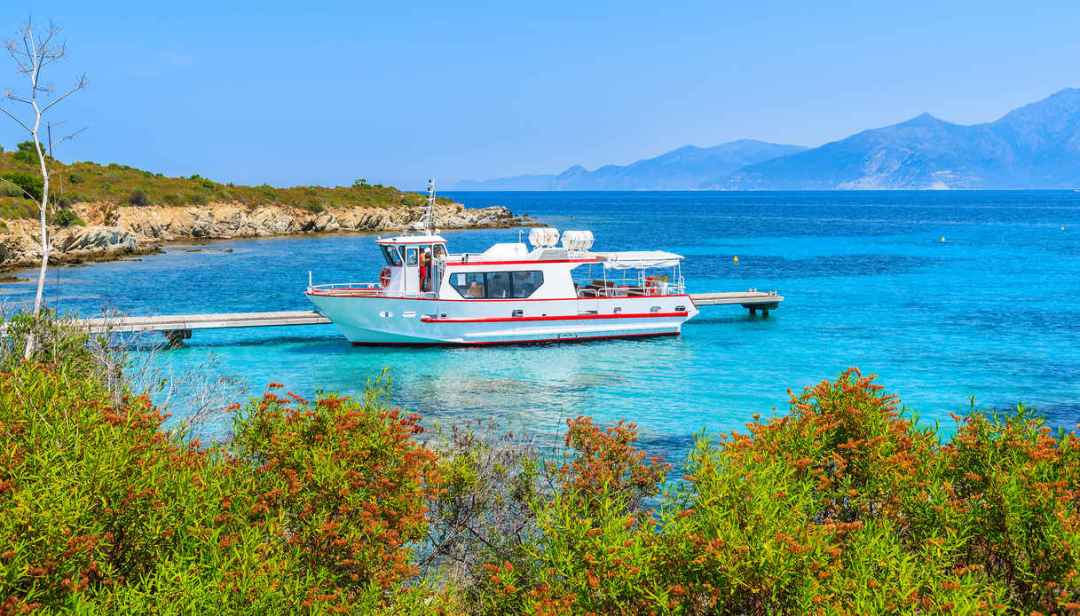
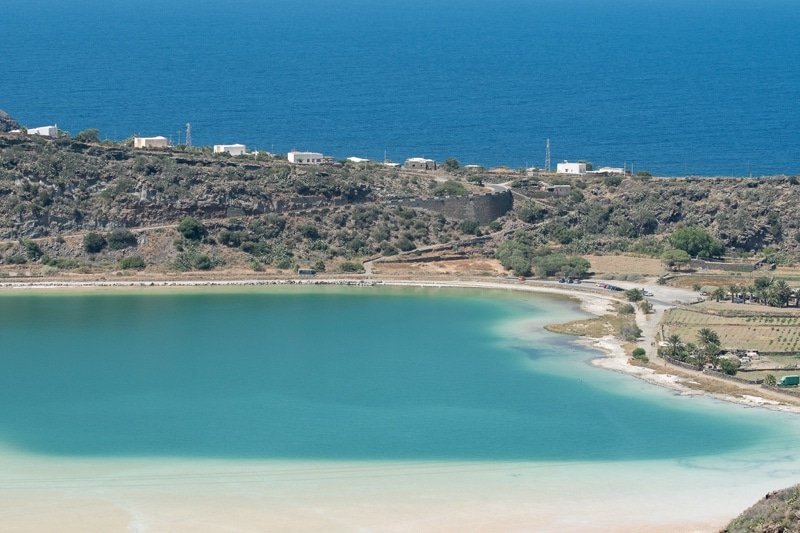
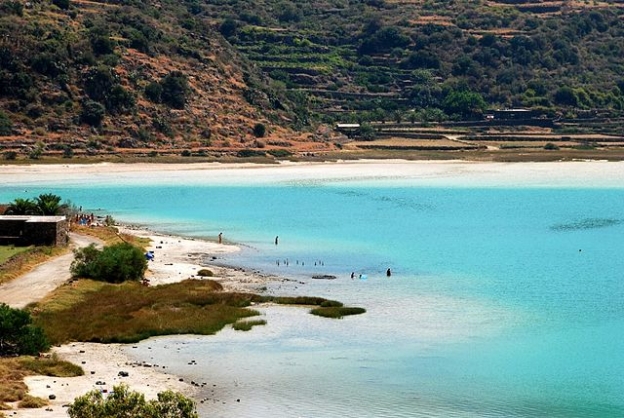
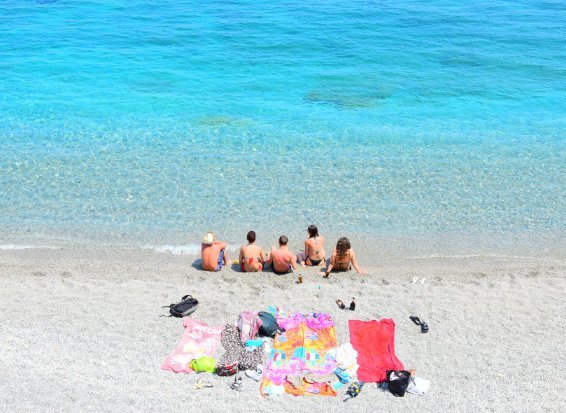
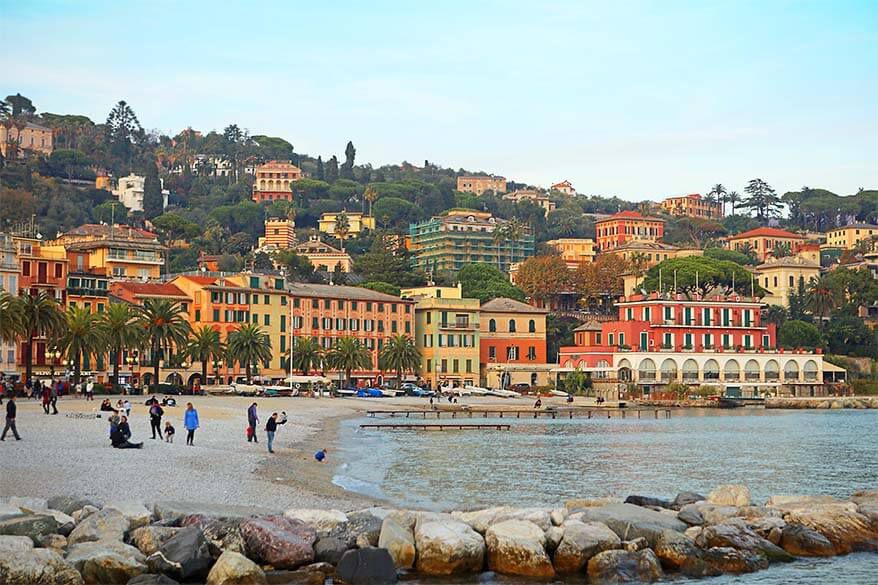
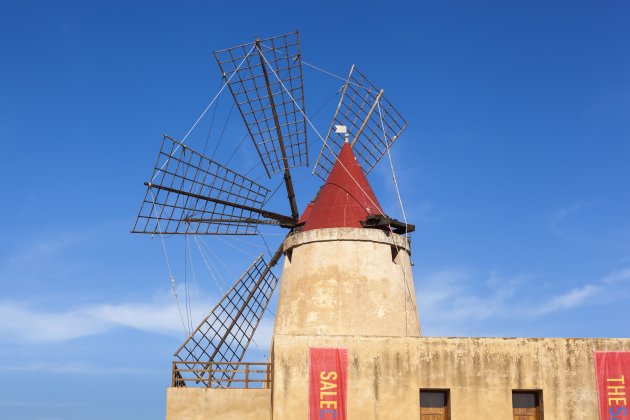
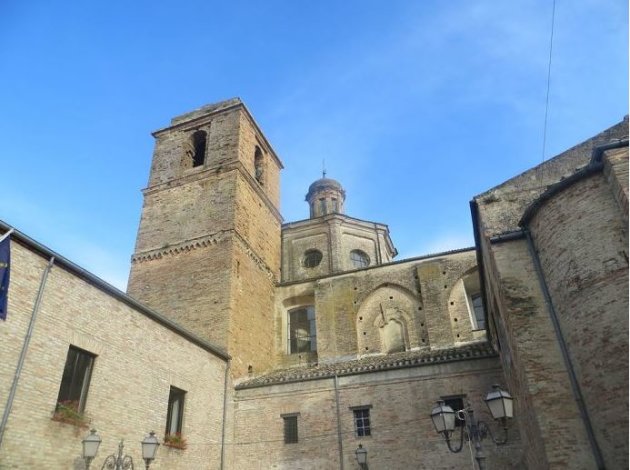 Leave your work and go to live abroad. Where is it? In Città Sant’Angelo, for example. The council started from Forbes , which drew up a ranking of the places where it would be better to stabilize, since they offer a good quality of life at low cost.
Leave your work and go to live abroad. Where is it? In Città Sant’Angelo, for example. The council started from Forbes , which drew up a ranking of the places where it would be better to stabilize, since they offer a good quality of life at low cost. What we use most probably is Google Maps: roaming allowing, around the world it is difficult to do without online maps. Then there are the apps to find accommodation and transport savings. And those with the reviews written by users: very useful not to go blind in places where we have never been before. But of app that can make our relationship with the world less complicated in 2018, there are a lot of them. Just a few clicks, for example, are enough to understand how safe a place is, which is the best way to go from one place to another (which is almost never the fastest), when is the best time to fly to the east (or west) or how to bypass web censorship in countries where it is in place and not only … There are at least 7 free apps for iPhone and Android that are useful for traveling in 2018.
What we use most probably is Google Maps: roaming allowing, around the world it is difficult to do without online maps. Then there are the apps to find accommodation and transport savings. And those with the reviews written by users: very useful not to go blind in places where we have never been before. But of app that can make our relationship with the world less complicated in 2018, there are a lot of them. Just a few clicks, for example, are enough to understand how safe a place is, which is the best way to go from one place to another (which is almost never the fastest), when is the best time to fly to the east (or west) or how to bypass web censorship in countries where it is in place and not only … There are at least 7 free apps for iPhone and Android that are useful for traveling in 2018.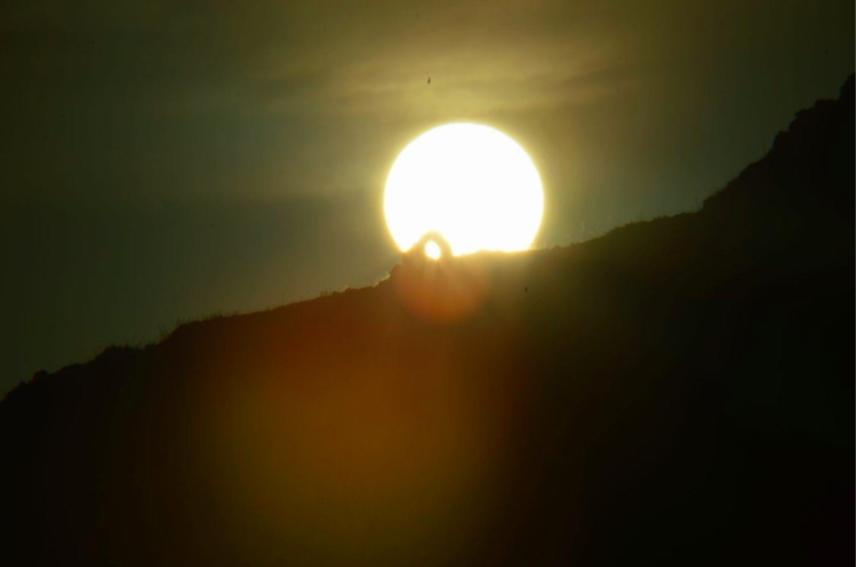 On an anonymous Sicilian rock called “U Campanaro” (the bell ringer), somewhere on Mount Arcivocalotto (in the countryside of San Giuseppe Jato and San Cipirello, in the province of Palermo), for about 5,000 years, every 21 December, the the first ray of the morning sun has slipped silently and very precisely into a specially dug hole without anyone, not even the local mafiosi (usually attentive to what happens on “their” territory), had never noticed.
On an anonymous Sicilian rock called “U Campanaro” (the bell ringer), somewhere on Mount Arcivocalotto (in the countryside of San Giuseppe Jato and San Cipirello, in the province of Palermo), for about 5,000 years, every 21 December, the the first ray of the morning sun has slipped silently and very precisely into a specially dug hole without anyone, not even the local mafiosi (usually attentive to what happens on “their” territory), had never noticed.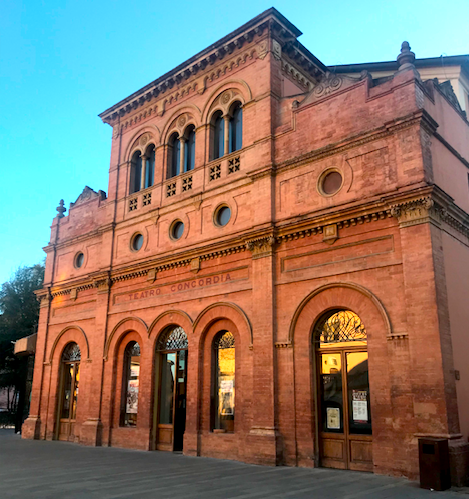 Country you go, gift you find. An iron scissor with two rounds at the ends whose interiors are characterized by noble symbols and letters. It is the waffle plate, “the irons” so this instrument is called to Marsciano. This is the inevitable gift of marriage that received, until the last century, the spouses of this small Umbrian village known for bricks.
Country you go, gift you find. An iron scissor with two rounds at the ends whose interiors are characterized by noble symbols and letters. It is the waffle plate, “the irons” so this instrument is called to Marsciano. This is the inevitable gift of marriage that received, until the last century, the spouses of this small Umbrian village known for bricks.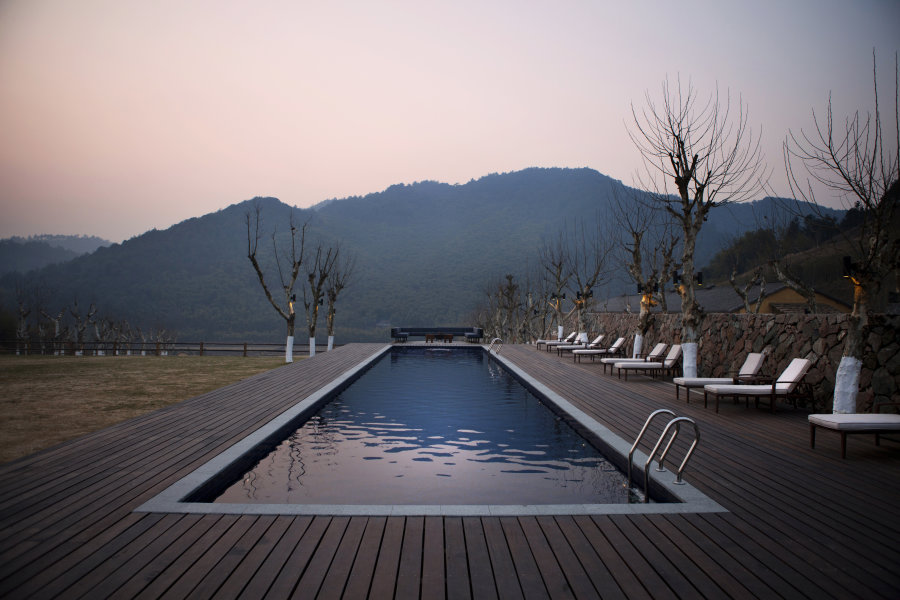 Can you travel from north to south and from east to west of the globe, carrying only a small trolley with you? As impossible as it may seem, Jill Paider succeeded. In fact, this American photographer visited 102 countries , immortalizing the most evocative glimpses of Chile, Bolivia, India, South Africa, Jordan and the other places in which she chose to bring her curiosity. Jill is a professional who has obtained numerous prestigious awards , specializing in design photography, architecture, gastronomy (and travel in general) and publishing several books that collect the most beautiful and fascinating shots of his collection.
Can you travel from north to south and from east to west of the globe, carrying only a small trolley with you? As impossible as it may seem, Jill Paider succeeded. In fact, this American photographer visited 102 countries , immortalizing the most evocative glimpses of Chile, Bolivia, India, South Africa, Jordan and the other places in which she chose to bring her curiosity. Jill is a professional who has obtained numerous prestigious awards , specializing in design photography, architecture, gastronomy (and travel in general) and publishing several books that collect the most beautiful and fascinating shots of his collection.
 Diving in a wreck in Tulamben
Diving in a wreck in Tulamben Avoid clubs in the cities of Kuta and Sanur?
Avoid clubs in the cities of Kuta and Sanur? Arriving in Lombok, Sylvain sees his first cars for two months. But it does not last. We head straight for the village of Senaru, at the foot of the Rinjani, the Lombok volcano, which rises to 3700 meters. Here, there is no question of leaving alone to attack the summit. The path is not very difficult to find, but it is mandatory to be accompanied by a guide. We leave the next day with three other French and one English. Our theory is verified once more: as soon as there is a place back and many pebbles to climb, it is stormed by the French, as in Nepal. This time, we even have porters for tents and food, luxury! Finally, we will realize later that it was not so much luxury that it …
Arriving in Lombok, Sylvain sees his first cars for two months. But it does not last. We head straight for the village of Senaru, at the foot of the Rinjani, the Lombok volcano, which rises to 3700 meters. Here, there is no question of leaving alone to attack the summit. The path is not very difficult to find, but it is mandatory to be accompanied by a guide. We leave the next day with three other French and one English. Our theory is verified once more: as soon as there is a place back and many pebbles to climb, it is stormed by the French, as in Nepal. This time, we even have porters for tents and food, luxury! Finally, we will realize later that it was not so much luxury that it …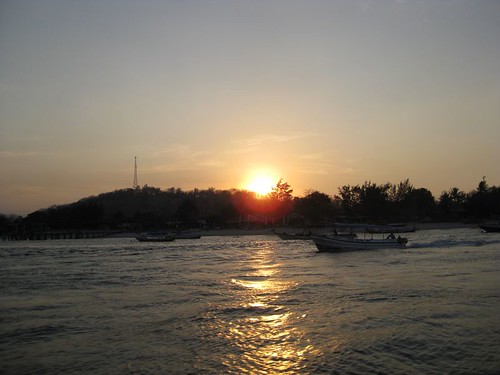 After the dive, everyone meets at Tir Na Nog, the Irish bar of the island. Instructors, DMTs, customers, everyone comes for a drink or a party. It is not always easy to get up the next day to go diving … Although the roosters and the muezzin who begs for prayer at five in the morning help to wake up. After two weeks, Pierre, our Dive Master at Koh Tao joined me at Gili Trawangan. There is a job at another dive center. For the birthdays of the instructors, they organize special evenings. For one, it’s a kind of olympic games on the beach: a human wheelbarrow race in fins, a race in fins holding a lemon in a spoon … For the other, we go to eat the cake of
After the dive, everyone meets at Tir Na Nog, the Irish bar of the island. Instructors, DMTs, customers, everyone comes for a drink or a party. It is not always easy to get up the next day to go diving … Although the roosters and the muezzin who begs for prayer at five in the morning help to wake up. After two weeks, Pierre, our Dive Master at Koh Tao joined me at Gili Trawangan. There is a job at another dive center. For the birthdays of the instructors, they organize special evenings. For one, it’s a kind of olympic games on the beach: a human wheelbarrow race in fins, a race in fins holding a lemon in a spoon … For the other, we go to eat the cake of Welcome to my paradise
Welcome to my paradise
